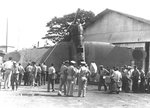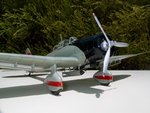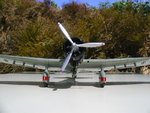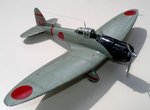Wildcat
Major
Absolutely brilliant Wayne! I came across this pic on the net of a crashed Val at Pearl, most likely the same one you posted but from a different angle. Obviously no help to you now, but I thought I would post it in case you hadn't seen it before. May help on a future project.
I came across this pic on the net of a crashed Val at Pearl, most likely the same one you posted but from a different angle. Obviously no help to you now, but I thought I would post it in case you hadn't seen it before. May help on a future project.











